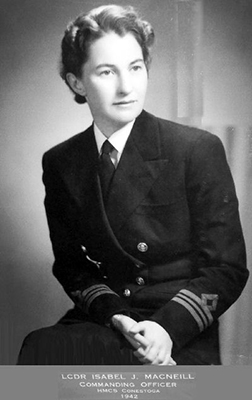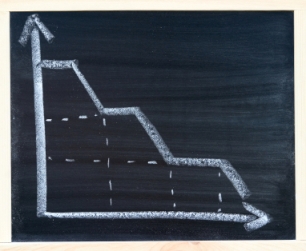
HALIFAX (CUP) — That’s the finding of a recent report from the Nova Scotia Advisory Council on the Status of Women. The report indicates that women now outnumber men at province’s universities, making up 58 per cent of undergraduate students in Nova Scotia.
According to Learners and Teachers: Women’s Education and Training women’s enrolment in law and medicine has doubled since 1976 and women now equal or exceed the number of men in undergraduate programs in science, medicine, law, and business administration. Sandra McFadyen, the report’s author, believes a number of factors are leading more women into the classroom.
“It’s really striking how women have improved their educational attainment and advancement,” said McFadyen. “I think women from all backgrounds now realize the importance of education to their future. There are also some traditionally female positions such as nursing and teaching that now require university training.”
The news isn’t entirely positive, however. McFadyen says that all groups of women are not created equal when it comes to having easy access to post-secondary education. She found that disabled women were three times less likely to hold university degrees than those without disabilities and that over 40 per cent of the province’s single mothers had not received high school diplomas.
“There are certain groups of women that seem to be educationally disadvantaged – aboriginals, lone parents, African-Nova Scotian women and disabled women. That may well be related to equality in the greater scheme of things,” she said.
According Shirley Tillotson, coordinator of the women’s studies program at Dalhousie University, the presence of greater number of young, predominantly white females on campus is unlikely to be the key to removing educational barriers for disadvantaged groups.
“Universities are notorious class sensitive places,” said Tillotson. “They’re also notoriously unwelcoming to visible minorities. Having more women in the classroom is unlikely to have an effect on these multi-causal issues.”
Marika Morris, research coordinator with the Canadian Research Institute for the Advancement of Women says even those women who do pursue post-secondary education still face economic hurdles after they’ve claimed their degrees.
“According to Statistics Canada, university-educated women earn 74 per cent of what university-educated men do,” said Morris. “Women on average pay more for their university education. Because women earn, on average, lower wages it may take them longer to pay off their student loans, and that usually means more interest to pay.”
Morris believes that these recent advancements towards equality at the undergraduate level should be a catalyst, driving women to seek fundamental changes to Canada’s post-secondary education system.
“The inroads women have made at the undergraduate level must be followed up by action on pay equity, support for childbearing and raising, student loan reform, reforming graduate programs, and encouraging non-traditional occupations and studies for both women and men.”


